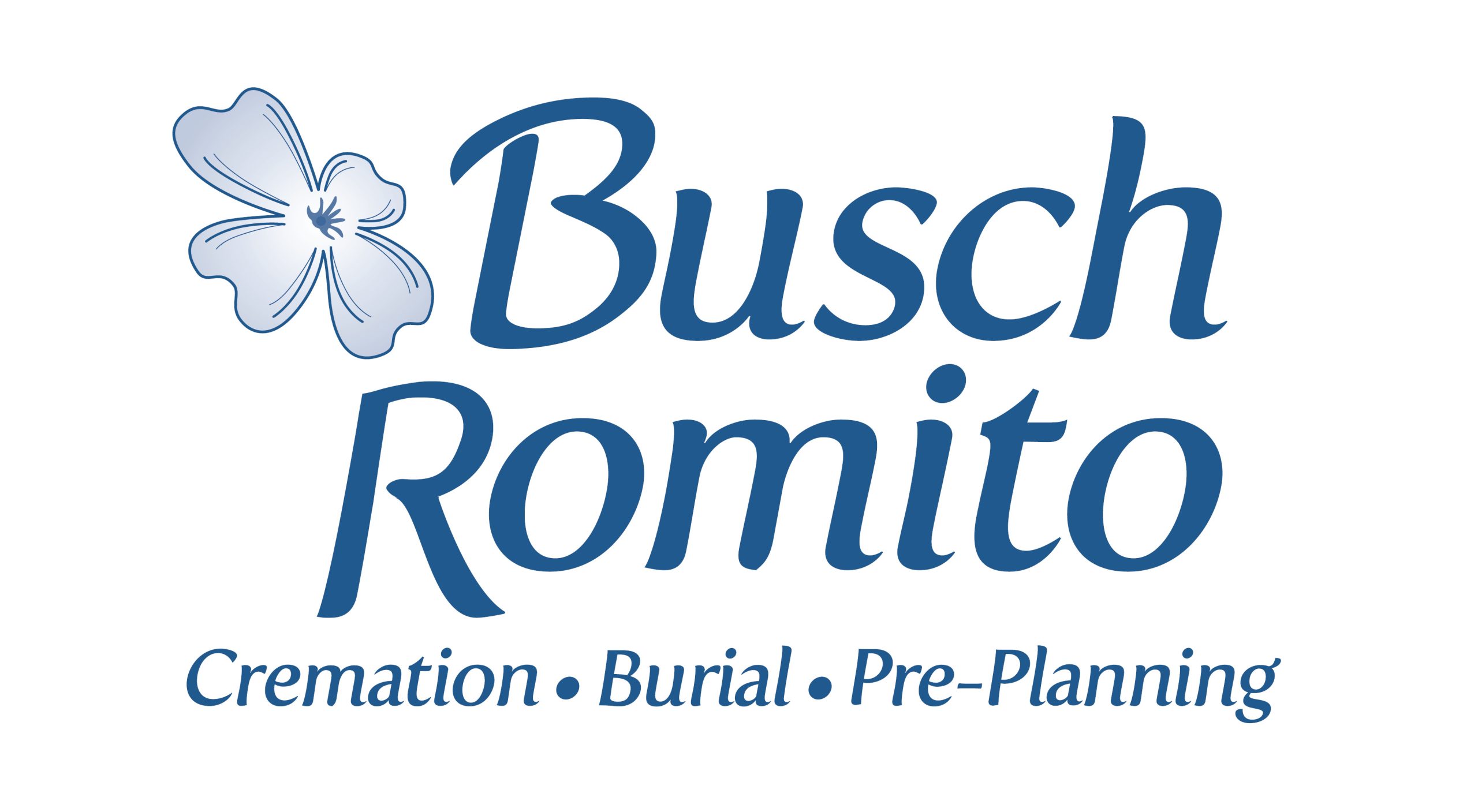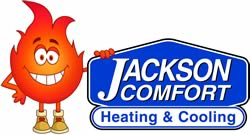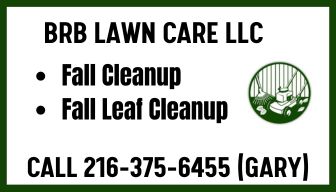Mold growth can be a nightmare for landlords. Not only is it unsightly, but it can also lead to health complaints from tenants and expensive repairs if left untreated. Mold thrives in damp and poorly ventilated areas, which means it can sometimes be hard to notice. Regular inspections can help you recognize signs of mold growth more quickly, saving you time, money, and headaches in the long run. Here are four places landlords should check for mold growth to keep their properties safe.
Bathroom and Kitchen: Areas with High Humidity
Bathrooms and kitchens have the highest potential for mold growth due to their constant exposure to moisture. Showers, bathtubs, and sinks are common culprits. A small leak around a faucet or grout lines in the shower can quickly become a breeding ground for mold. Remember to ensure proper ventilation; installing an exhaust fan can make all the difference in keeping these spaces dry and mold-free.
Under Sinks and Around Plumbing: Common Mold Hiding Spots
Areas around plumbing fixtures are often the last place anyone checks unless there’s an obvious leak, but they’re prime real estate for mold growth. Even a tiny drip from plumbing fixtures can go unnoticed and encourage growth. Regularly inspect pipes, connections, and cabinet interiors for any signs of water damage or musty smells.
Basements and Attics: Often Neglected Areas Prone to Dampness
Basements and attics are perfect environments for mold, especially if they aren’t well-ventilated. Basements can trap moisture from the ground, while attics often collect condensation from temperature fluctuations. Look out for discolored patches on walls, ceilings, or around windows. Installing a vapor barrier in the basement and ensuring proper ventilation in the attic can drastically reduce the chance of mold sneaking in.
Communal Laundry Rooms: A Shared Space That Demands Attention
Shared laundry rooms are hubs for moisture, thanks to the constant use of washing machines and dryers. Poor ventilation can lead to a buildup of humidity in the air, creating mold-friendly conditions. Regularly inspect behind appliances and check for moisture accumulation on walls and floors. Preventing mold growth will also keep the laundry room smelling fresh. It’s a win-win.
If you’re a property manager, knowing the places landlords should check for mold growth can save you from significant problems down the line. By keeping an eye on moisture-prone areas, you can protect your property and your relationships with tenants. A well-maintained property creates a safe and healthy space where tenants can feel at home. Checking these places regularly will ensure minor issues don’t turn into costly headaches. Take charge today!





















